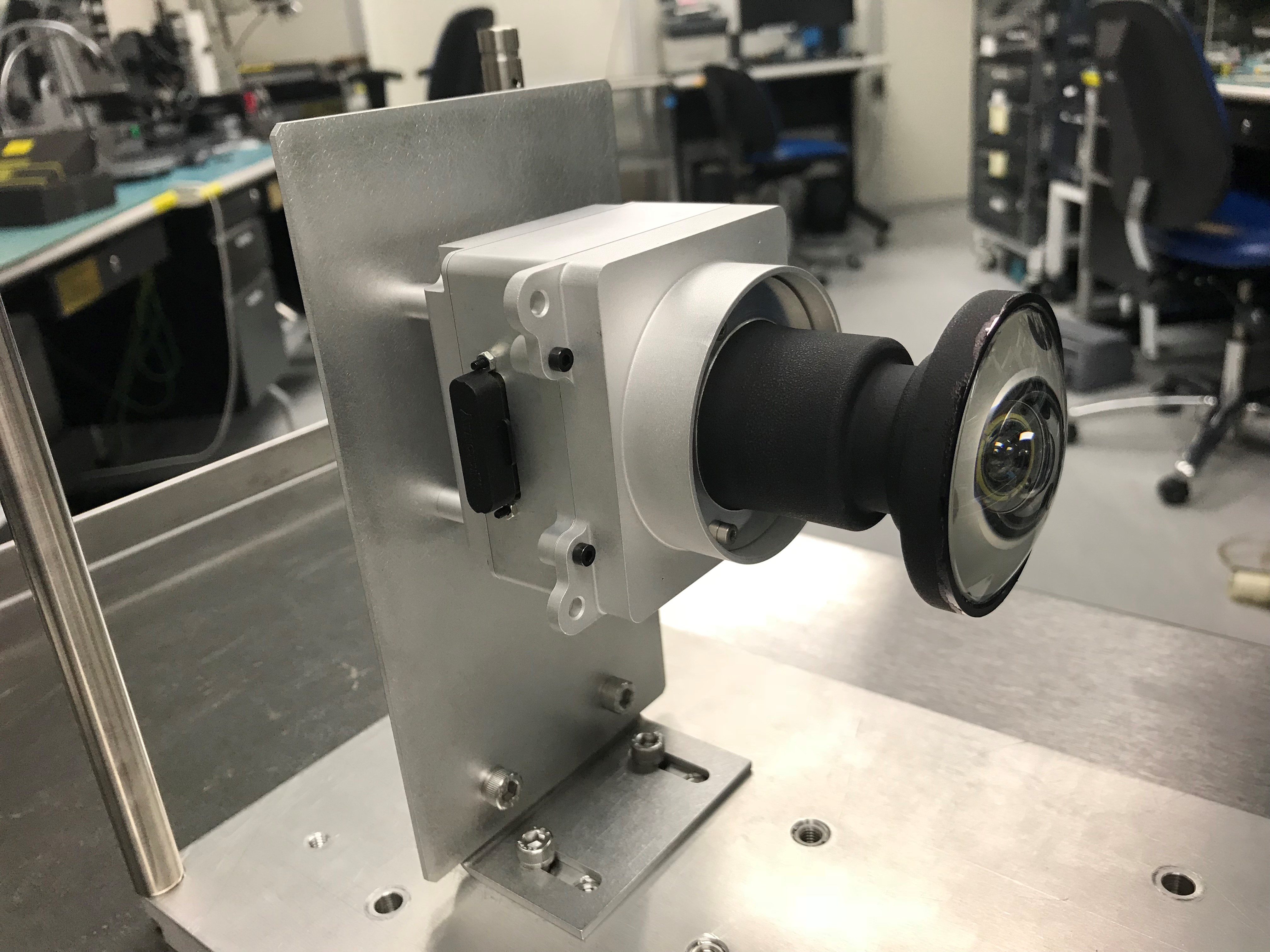2020 Vision: NASA's Next Mars Rover Will Have Nearly Two Dozen Cameras
NASA's next Mars rover will be the sharpest-eyed craft ever to touch down on the Red Planet.
The 2020 Mars rover — which, as its name suggests, is scheduled to launch in 2020 — will feature a total of 23 cameras, NASA officials said.
That's six more than NASA's Curiosity rover, which has been exploring Mars' Gale Crater since August 2012, and 13 more than the golf-cart-size twin rovers Spirit and Opportunity, which touched down in different regions of the Red Planet a few weeks apart in January 2004. (Spirit was declared dead in 2011, but Opportunity remains active today.) [NASA's Mars Rover 2020 Mission in Pictures (Gallery)]
"Camera technology keeps improving," Mars 2020 imaging scientist Justin Maki, of NASA's Jet Propulsion Laboratory (JPL) in Pasadena, California, said in a statement.
"Each successive mission is able to utilize these improvements, with better performance and lower cost," added Maki, the deputy principal investigator of the 2020 rover's Mastcam-Z instrument.
Mastcam-Z, an upgraded version of Curiosity's high-definition, two-camera Mastcam instrument, will serve as Mars 2020's main set of eyes on the Red Planet. The "Z" is for zoom, a capability that Curiosity's Mastcam does not have. ("Mastcam," meanwhile, refers to the fact that the instrument is situated in the rover's head-like mast.)
Mastcam-Z will be able to take more 3D images than Curiosity's Mastcam, potentially allowing mission scientists to examine geologic features in more detail and scout out promising scientific sites from large distances, NASA officials said.
Breaking space news, the latest updates on rocket launches, skywatching events and more!
"Routinely using 3D images at high resolution could pay off in a big way,", Mastcam-Z principal investigator Jim Bell, of Arizona State University in Tempe, said in the same statement. "They're useful for both long-range and near-field science targets."
Seven of the Mars 2020 cameras are part of scientific packages. Another seven will take pictures during the rover's entry, descent and landing (which, like with Curiosity, will employ a rocket-powered sky crane). The other nine are engineering cameras, which will help the rover team navigate and avoid potentially hazardous obstacles.
All of the engineering cameras aboard Spirit, Opportunity and Curiosity have taken pictures in black and white. But Mars 2020's cameras will capture high-resolution color images, with a wider field of view.
"Our previous Navcams [navigation cameras] would snap multiple pictures and stitch them together," Colin McKinney of JPL, the product-delivery manager for the new rover's engineering cameras, said in the same statement. "With the wider field of view, we get the same perspective in one shot."
All of this high-tech gear should help Mars 2020 complete its mission, the main goals of which are hunting for signs of possible past Mars life and collecting and storing samples for future return to Earth. (There is currently no mission on NASA's books to retrieve these samples, however.)
Mars 2020 is also designed to help pave the way for future human missions to the Red Planet. For example, the rover will carry an instrument called MOXIE (short for Mars Oxygen In-situ resource utilization Experiment) that will produce oxygen from carbon dioxide in the Red Planet's air.
Follow Mike Wall on Twitter @michaeldwall and Google+. Follow us @Spacedotcom, Facebook or Google+. Originally published on Space.com.

Michael Wall is a Senior Space Writer with Space.com and joined the team in 2010. He primarily covers exoplanets, spaceflight and military space, but has been known to dabble in the space art beat. His book about the search for alien life, "Out There," was published on Nov. 13, 2018. Before becoming a science writer, Michael worked as a herpetologist and wildlife biologist. He has a Ph.D. in evolutionary biology from the University of Sydney, Australia, a bachelor's degree from the University of Arizona, and a graduate certificate in science writing from the University of California, Santa Cruz. To find out what his latest project is, you can follow Michael on Twitter.



